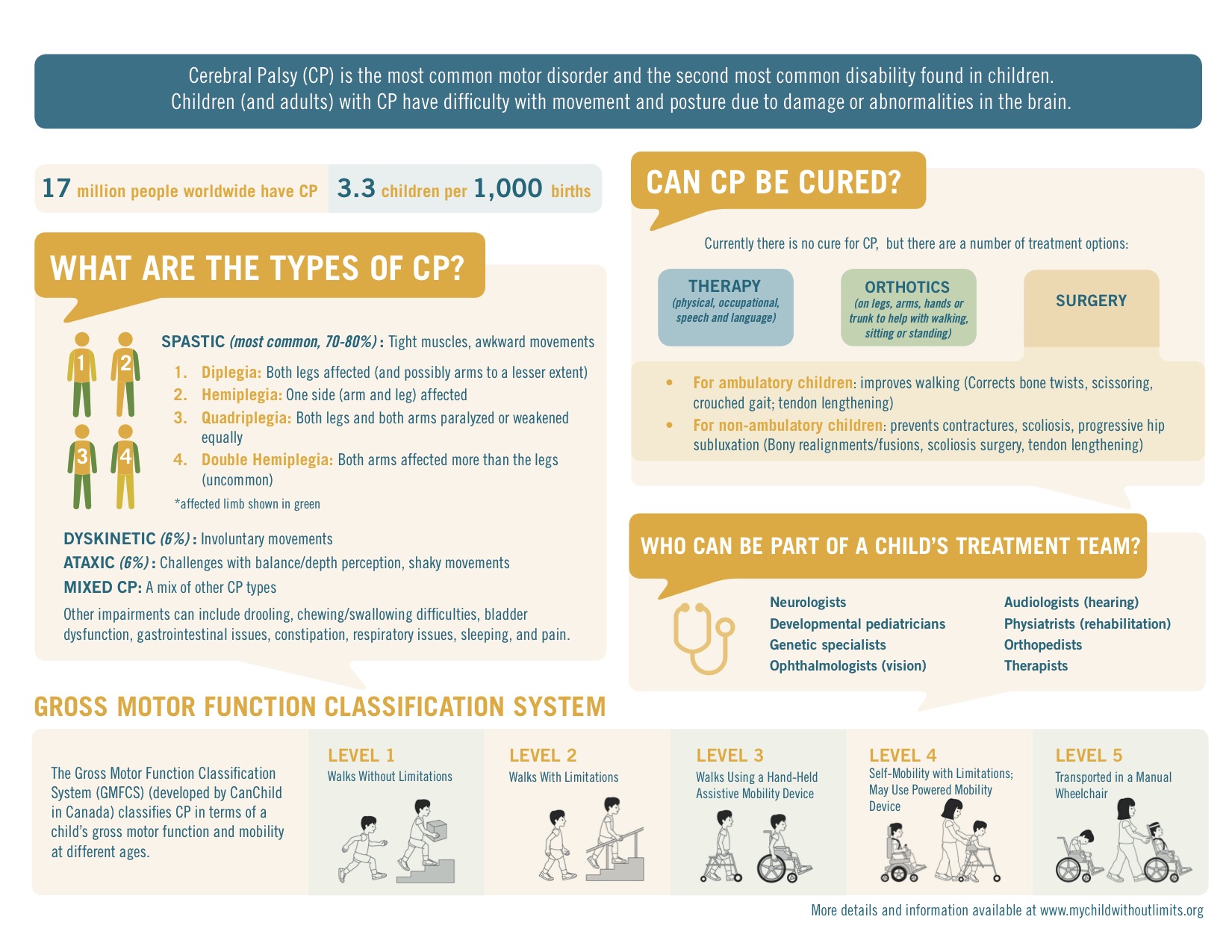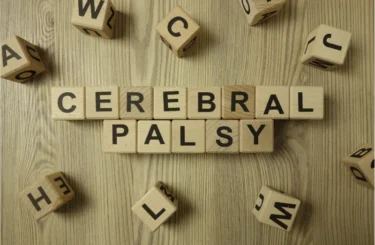Understanding Cerebral Palsy
Having a new baby is an exciting and life changing time. Most expecting mothers are encouraged to take certain precautions during pregnancy in order to protect both the mother and the growing child, but sometimes, factors outside of the mother’s control can play a role in the health of a newborn. Genetics, accidents, or the medical malpractice by doctors and nurses can lead to birth defects and other health issues for a developing fetus, one of which is cerebral palsy
What is Cerebral Palsy?
Cerebral palsy (CP) is a neurological disorder caused by a solitary brain injury or malformation of the brain during brain development, usually by the age of two or three. The injury can occur during pregnancy, delivery, or shortly after birth. In some cases, CP is preventable, but complications during pregnancy or during labor and delivery can increase an infant’s risk.
CP is not a disease, but a disorder. It is not progressive, nor is can it be transmitted to others.
According to a United Cerebral Palsy Association Fact Sheet, 10,000 children born in the U.S. each year will develop CP, and there are an estimated 764,000 children and adults in this country suffering from one or more symptoms of CP. Congenital CP is present at birth, (but may not be detected for months) and is responsible for approximately 70% of cases of children who have it. An additional 20% are diagnosed with CP resulting from a brain injury during the birthing process, and 10% are diagnosed after birth into their preschool years.
CP affects a person’s motor functions, and symptoms and signs can vary from one child to another. Although every case is unique, CP is generally categorized by the number of limbs involved (such as monoplegia and quadriplegia) or the movement disorder, which can also affect muscle control in the face or neck, muscle tone, coordination, reflexes, posture, balance, oral motor function, and both major and fine motor skills. Among the types of CP described on the following infochart are classifications such as:
- Spastic CP, characterized by muscle stiffness and permanent contractions
- Athetoid or Dyskinetic CP, characterized by uncontrolled, slow, writhing movements
- Ataxic CP: characterized by poor coordination and balance
 Determining your child’s classification can help identify the cause of the brain damage and can also help you to obtain the best possible treatment.
Determining your child’s classification can help identify the cause of the brain damage and can also help you to obtain the best possible treatment.
What Causes Cerebral Palsy?
During an infant’s brain development, a brain injury or malformation occurs that can later impact that child’s motor functions, and sometimes his or her cognitive abilities. Depending on the specific injury, its location in the brain, and its severity, symptoms can vary greatly from one child to the next.
Some possible causes of CP include:
- A disturbance during fetal development that impedes new cell movement in the brain, moves cells to the wrong place, and results in abnormal brain formation.
- Myelin, a coating around nerve cells in the brain, can be affected during brain development, leaving cells exposed without adequate protection.
- Events during labor and delivery that can cause a lack of oxygen in the brain or that rupture blood vessels.
- After birth, the developed brain can be damaged by trauma, infections, or a lack of oxygen known as hypoxia.
Brain injury due to any of these occurrences can lead to cerebral palsy.
What Can Be Done about My Child’s Cerebral Palsy?
While CP is rarely a life-threatening disorder and the brain injury that causes it is unlikely to worsen over time, there is no cure. Those with CP can manage with the help of medical treatment, therapy, medication, and surgery, as well as new technology and assistive devices meant to increase the quality of life and aid in daily living activities.
Unfortunately, these kinds of care, treatment, and support be quite costly, stressful, and a burden for both the child and family members. If you are concerned that medical
When Medical Malpractice May Be the Cause of Your Child’s Cerebral Palsy
If you suspect that professional negligence played a role in your child’s CP diagnosis, you should contact an attorney experienced in birth trauma and brain injury cases at your earliest convenience. If you and your lawyer can show that a medical error caused your child’s disorder, you may be eligible for financial compensation that could aid you and your child throughout his or her life.
The attorneys in Sommers Schwartz’s Medical Malpractice Litigation Group have a long history of handling – and winning – lawsuits on behalf of injured children and their families in Michigan and across the country. Please contact us today to discuss your case and learn how we can help.
Richard D. Fox
Richard Fox handles personal injury cases, including birth trauma, medical malpractice, and motor vehicle negligence. Throughout his career, which has spanned over 45 years, Rick has successfully represented clients in medical negligence and other personal injury claims.





